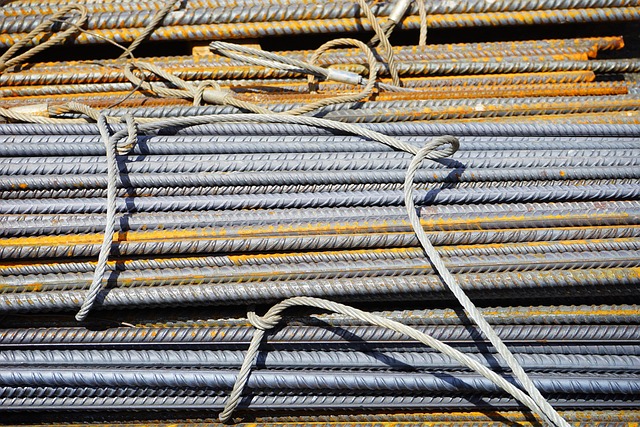The escalating intensity of extreme weather events has significantly reshaped our relationship with the environment. As we witness increasingly severe storms, droughts, and floods, it’s evident that the material world around us is responding to the changes brought about by climate change. Each event not only disrupts our daily lives but often leaves lasting impressions on the ecosystems we inhabit.
In today’s age, the concept of ‘material’ extends beyond just physical substances. It encompasses the very essence of our natural surroundings, including soil, water, air, and flora. These elements are intricately intertwined, and the emergence of climate change has begun to erode the delicate balance that maintains their structure and function.
Take, for instance, the intense storms that batter coastal regions. These weather phenomena are not merely unfortunate occurrences; they have profound effects on marine environments and coastal ecosystems. The material losses in these areas—be it through eroded beaches, destroyed habitats, or the disruption of local fisheries—underscore the vulnerability of diverse species that depend on these ecosystems for survival. Such interruptions can lead to a ripple effect, impacting food sources and local economies.
Similarly, prolonged droughts have a drastic effect on terrestrial environments. The shift in rainfall patterns affects vegetation, leading to lossy material associated with agricultural productivity and, consequently, food security. Farmers face dire challenges, struggling to maintain crop yields under increasingly arid conditions. The material of soil itself becomes compromised, losing vital nutrients and moisture, exacerbating the struggle for survival in these harsh climates.
It is not just natural environments that bear the brunt of these changes; human communities are equally affected. The material of our cities—the infrastructure, the homes, the public spaces—is put to the test as floods inundate streets and heatwaves raise the demand for energy. The interplay between climate change and extreme weather can cause not just physical damage but also emotional and psychological stress among those who are affected. This shared experience of vulnerability can foster a deeper connection to our environment, making the need for action more urgent than ever.
In this era of climate change, our responsibility to understand and protect the material that constitutes both our environment and our lives has never been more critical. By recognizing the pathways through which extreme weather impacts these materials, we can begin to cultivate a sense of stewardship. This can empower communities to engage in mindful practices that mitigate the adverse effects of climate change and extreme weather events, fostering resilience in both our ecosystems and ourselves.
The path forward may not be clear, but it is essential to recognize that our interactions with the material world are fundamental to navigating these challenges. Each small effort contributes to a collective resilience that can sustain both our environment and our way of life in the face of an uncertain future.




